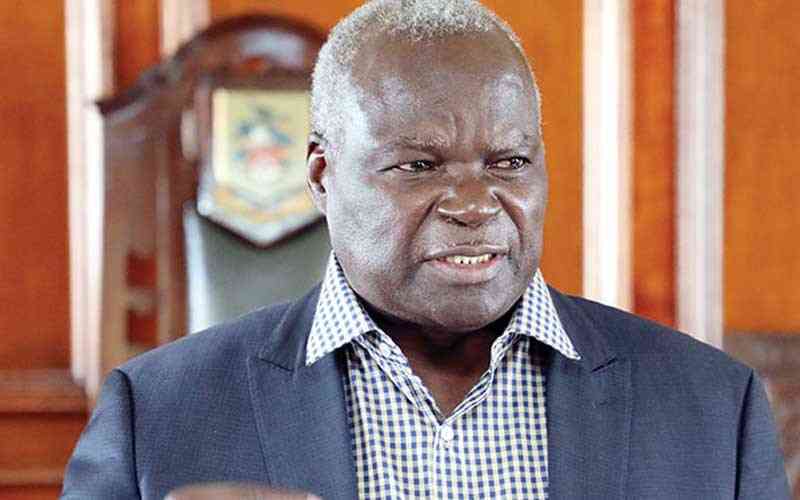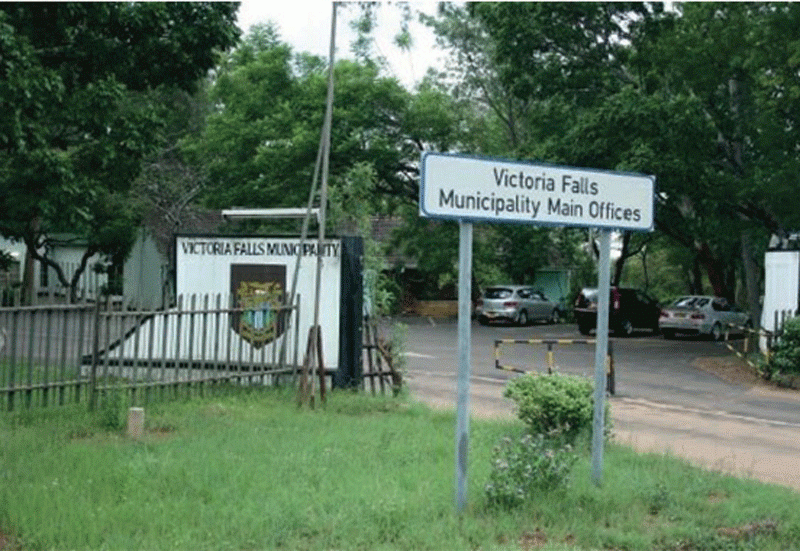
Zimbabwe needs up to US$9 billion in energy investments to more than double its current power generation and meet rising electricity demand. The country is now offering policy reforms, including more competitive tariffs, to attract private capital into the sector.
At a conference in London, co-hosted by the World Bank and African Development Bank (AfDB), Energy Minister July Moyo laid out the government’s strategy to drive new investment. The event is part of the World Bank and AfDB’s Mission 300 initiative, which aims to accelerate private energy investment across Africa. Several other African countries are also attending to pitch their own investments.
Zimbabwe has an installed power capacity of nearly 3 000MW, but is currently generating around half of that due to years of underinvestment. To meet rising demand, driven by growth projects in mining, agriculture, and industry, the country aims to expand capacity to over 5 400MW by 2030.
In total, Zimbabwe hopes to raise US$4,42 billion of this from private sources by 2026.
The government plans to launch a competitive Independent Power Producer (IPP) procurement framework by the second quarter of 2026. The pitch is a more liberalised energy market, backed by currency guarantees, cost-reflective tariffs, and easier repatriation of profits.
Renewables: Beyond Kariba
Zimbabwe’s renewable energy mix is currently dominated by hydro, mainly from Kariba. The new strategy aims to diversify. “This will also involve raising non-hydro renewables from 7,8% to 29% of the energy mix and reach 100MW of net-metered capacity by 2025 and an additional 200MW between 2026 to 2030,” the government’s presentation says.
The country also plans to expand its aged transmission and distribution infrastructure, building 1 607km of new transmission lines and introducing smart metering systems. To support this, Zimbabwe has committed to aligning transmission tariffs with regional benchmarks.
- Power crisis: It can’t be business as usual
- Power crisis: It can’t be business as usual
- Severe power outages loom: Zesa
- Water shortages hit Gutu-Mpandawana
Keep Reading
Energy pipeline
Zimbabwe has long struggled to attract energy investment due to concerns over tariffs and currency uncertainty. In response, government is now working to “de-risk” the market through the guarantees. So far, US$657 million has been mobilised for private power projects, with another US$391 million in the pipeline. However, US$8,6 billion is still needed for planned projects.
What’s Mission 300?
Mission 300 is a joint initiative by the World Bank and AfDB, launched in January in Tanzania. It aims to connect 300 million people in sub-Saharan Africa to electricity by 2030 by attracting capital from development financiers and private investors.
Meanwhile, the Zimbabwe Electricity Transmission and Distribution Company (ZETDC) is buckling under the weight of crippling legacy debt — a financial burden that threatens to undermine the country’s fragile economic recovery, according to the same report.
ZETDC is a unit of national power utlity Zesa Holdings, which distributes electricity.
The debt has emerged as the single biggest obstacle to ZETDC’s operations — stifling critical investment, worsening chronic power shortages, and heightening systemic risks to Zimbabwe’s economy.
“ZETDC, the main off-taker and supplier of electricity in the country, currently has substantial creditor obligations and legacy debt,” the report titled National Energy Compact for the Republic of Zimbabwe reads in part.
“The root causes lie partly in the adverse impacts of the past macro-economic conditions such as high inflation and fluctuations in exchange rates, past sub-economic tariffs, and partly in internal inefficiencies.
“The power sector is burdened with high levels of legacy debt and high cost of borrowing, which limits the ability to invest in infrastructure improvements.”
The debt comprises long-overdue arrears to regional power suppliers, legacy loans from international lenders, and high-interest domestic borrowings.
The report notes that the bulk of the utility’s revenue is being diverted to debt servicing, rather than critical investments in grid rehabilitation, electricity imports or system upgrades. For two consecutive years, debt repayments have consumed the entirety of ZETDC’s capital budget, leaving essential maintenance and infrastructure improvements unfunded.
Creditors — including utilities in South Africa, Mozambique and Zambia — are demanding cash prepayments or cutting supply over non-payment, raising the spectre of prolonged blackouts during peak winter demand.
“Whilst recognising the improved stability in the exchange rates, the past fluctuations have adversely affected the cost-reflectivity of the recent adjustments of electricity tariffs in Zimbabwe,” it said.
“Operational inefficiencies of the utility (which) include poor revenue collection, high technical and non-technical losses, theft and vandalism of infrastructure have constrained the utility’s ability to deliver reliable power and meet demand effectively. The power sector is burdened with high levels of legacy debt and high cost of borrowing, which limits the ability to invest in infrastructure improvements.”
Much of ZETDC’s financial distress stems from years of politically-driven policies.
Electricity tariffs were frozen below cost-reflective levels, even as inflation soared and the Zimbabwean dollar lost over 85% of its value between 2019 and 2022. The utility resorted to borrowing simply to import power — debts that now threaten to outlast the institution itself.
Recent tariff adjustments have attempted to restore some level of cost-recovery, but have failed to address the backlog of legacy obligations. Continued exchange rate volatility further erodes real income, undermining operational stability.






